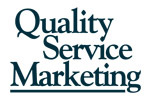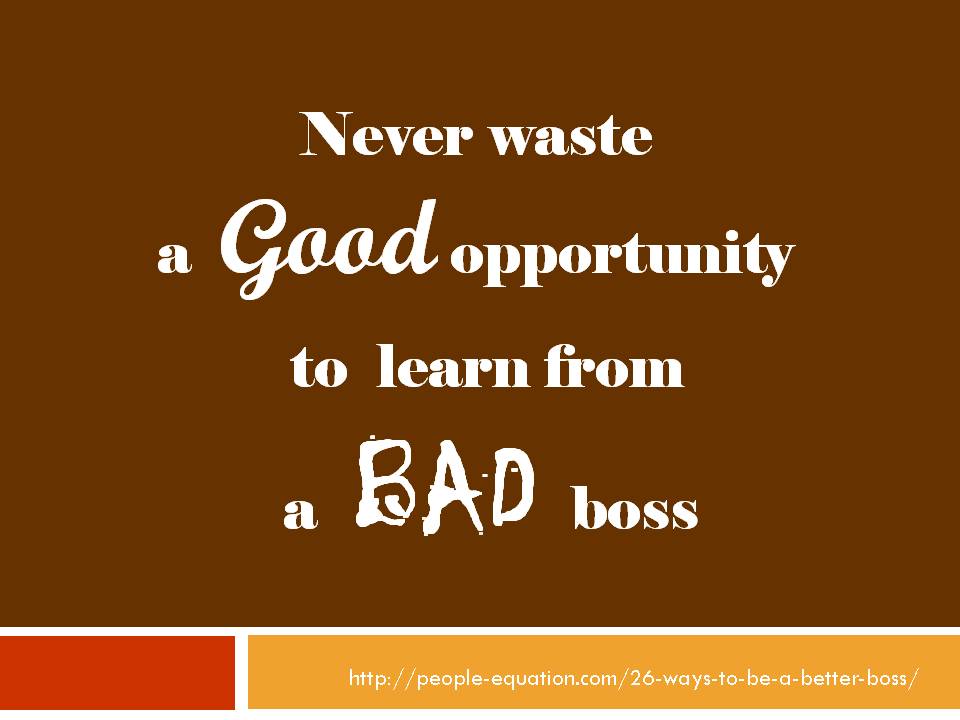[Note: This post first appeared on myHR Blog and is shared with permission from Tina Hamilton, PHR, founder of myHRPartner, an HR outsourcing firm. Tina is a well-respected business professional who is frequently quoted in the national media on HR-related issues in the workplace, and I’m proud to know her as a colleague and friend. To learn more about her work, please visit myHRPartner.]
Is employee burnout hurting your bottom line? via myHR Blog
Just like a broken down car, a burned out workforce will not take your business where it needs to go. And as much as some people would like to paint employee burnout as completely based in personal issues, it is more often than not a sign of serious organizational problems within a company.
What’s more, employers who don’t recognize and correct the kinds of workplace problems that lead to burnout risk hurting their company’s bottom line. Things like very heavy workloads, feelings of job insecurity, frustrations with massive amounts of meetings and impossible deadlines fraught with roadblocks create a toxic workplace environment where employees feel frustrated and stressed out.
According to a recent Harvard Business Review article, employee burnout costs an estimated $125 billion to $190 billion in American healthcare spending on psychological and physical problems it causes each year. But the real cost to businesses can be far greater because of issues such as low productivity and high turnover rates as great employees leave toxic environments for greener pastures.
When Harvard Business Review looked inside companies with high burnout rates, they found these common problems:
We saw three common culprits: excessive collaboration, weak time management disciplines, and a tendency to overload the most capable with too much work. These forces not only rob employees of time to concentrate on completing complex tasks or for idea generation, they also crunch the downtime that is necessary for restoration.
Excessive collaboration may prevent progress
Poor time management practices and overloading top performers are issues that are fairly obvious causes of employee burnout. Excessive collaboration, on the other hand, may seem counter-intuitive on its face. The article explains that this situation arises when teams have too many decision makers and too many decision-making steps. “This can happen in companies that really do mean well,” says Tina Hamilton, PHR, myHR Partner president. Going overboard on collaboration often leads to a cycle of endless meetings, hordes of emails and scheduling nightmares—all without significantly moving a project forward. “Stress can lead to personality clashes and get in the way of pragmatic, timely decision making and progress. You can see how this can lead to burnout.”
This being said, collaboration itself—when done right—is often a great thing for work teams. Hamilton recommends having a clear strategy and sensible team organization before collaborative projects begin in order to decrease frustration and to keep things from getting bogged down with meetings, emails and red tape.
Other causes of employee burnout mentioned in the article include:
- The new “always-on digital workplace”
- Constant multitasking that leads to exhaustion and lack of focus on any one task
- Rigid approaches to team objectives that do not allow for re-prioritizing when new tasks are added or outside situations change
- Managers who do not know how much time employees spend on activities, meetings, etc.
- Lack of tools and training for employees to handle tasks
- A corporate culture in which overwork is expected or celebrated
- A sense of lost autonomy among employees.
As we have blogged about in the past, the danger of overworking employees is real. They will feel disrespected or unappreciated, and they won’t stay—especially if they are talented. As an HR outsourcing company that often helps clients avoid expensive, time-sucking high employee turnover rates, we can tell you burnout will burn your company. It’s just a matter of time.








